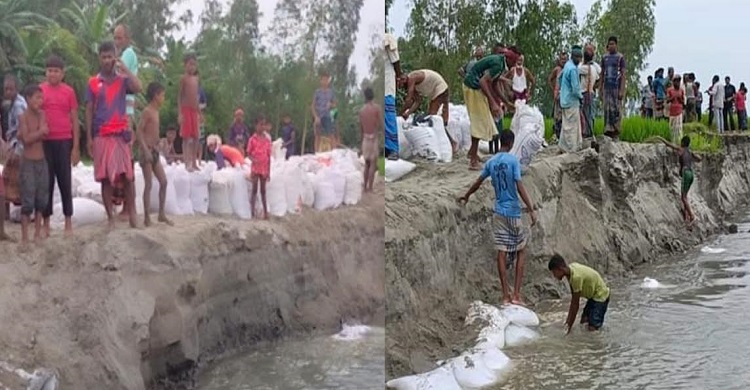
- Whole Bangla
Horse carts are the only hope in the Teesta grasslands
- Whole Bangla
- 19 March, 2024 18:14:09
Kurigram Correspondent: Horse carts are the only hope of people during the dry season in the Teesta grasslands of Ulipur, Kurigram. As there is no other means of transportation of daily commodities and agricultural products along with the movement of people in the pastures, horse carriage is an alternative system.
Since there are no roads in the remote pastures, horse carts are used as the only means of transport, transportation of sick patients, and transport of goods in river mud and sandy pastures.
It is known that the Bajra, Gunaigach, Thetrai and Daldalia Unions of the upazila are surrounded by the Teesta River. During the dry season, there are many pastures such as Gogai Pier, Ramniasha, Hokdanga, Titma, Nagrakura, Darikishorepur, Madhya Gogai, Kadamtala, Ajurn, Birhim, Antosh Abhiram, Sadua Damarhat, Karpura, Kharija Latshala and sometimes the only means of communication is horse cart.
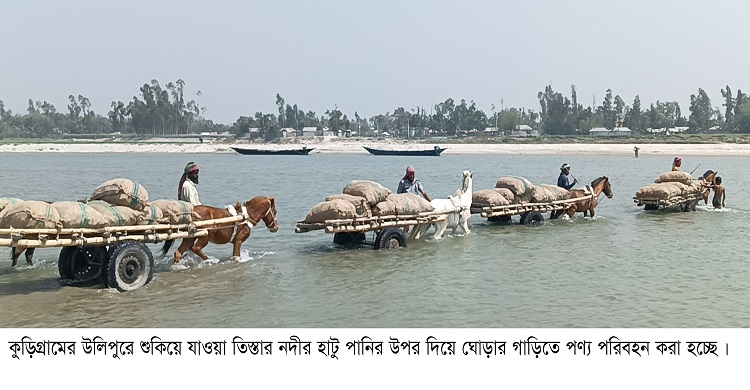
As there were no mechanized vehicles in the grasslands, the people of earlier days used to walk long distances on foot in the hot sand and carry their produce on their heads or on sticks around their necks. But after the introduction of horse-drawn carts, the car is playing a major role as the only means of transportation for the daily necessities of the people of Char area, including the goods of the traders.
During the monsoons, the Teesta River regains its youthful appearance, submerging the lowlands of remote Char. During this time the boat is the only means of transportation for the pastoralists. However, during the dry season, the only major means of transportation is horse carts. And many people in these remote grazing areas are making their living with horse carts.
Locals said that during the dry season in the Teesta pastures, the water in the river decreases and the pastures rise over a large area. Mechanized vehicles, vans, rickshaws, autos, micros are absolutely impossible to travel in Char. Therefore horse carriages are widely used as means of transportation in this area. As there are no roads in the grasslands, the herdsmen have to suffer as mechanical vehicles do not ply here. Ignoring these problems, they use non-mechanized horse carriages to carry out their daily work. These vehicles are used to transport the produce of farmers, deliver sick people to the boat wharf to take them to the Upazila Health Complex, transport produce from one place to another for sale of pasture produce and serve as the sole means of internal transportation for the pastoralists.
Shafiqul Islam, a horse-cart driver in the upazila's Gokipia pasture area, said that there are always different types of cultivation in Teesta's pasture area. Current potato cultivation is done. We deliver to the ghat bank from various grazing areas by horse carriage at the rate of 30 taka per bag. In this way, up to 50 sacks can be brought to the wharf in a day. Daily income is 1 thousand to 15 hundred taka. Horse feed costs 250 rupees per day. With the remaining money, my family runs well.
Horse cart drivers Maqbul Islam, Aminul Islam, Abdul Karim Mia, Anichur Rahman and Asadul Islam and many others said that during the dry season of Tista Char, the work of Pabihon by horse cart takes 4-5 months. In mid-May, when the Teesta river was flooded, the horse-carriage was stopped. Since then they are again waiting for the Teesta river to dry up.
Roshan Ali, a potato farmer in Teestar Char of the upazila, said that I brought 11 sacks of potatoes cultivated on my 6 acres of land to the Ghat by a single horse cart. I paid 30 rupees per bag for carriage of horses. He also said, if a bridge is constructed for transportation, it would save a lot in carrying our goods.
Suhrawardy, the owner of the ghat at Panial on the Teesta side of the upazila, said that now the water in the Teesta river is very low. Char floated where sand and sand. Horse carts were the only means of transporting agricultural produce in these grasslands. When the water comes in the river and the river regains its life, it is crossed by boat. Agricultural products from different grazing areas are being transported from one place to another by horse carts. He said that due to the decrease in the water in the Teesta, the goods were being crossed by horse carts on the little water.
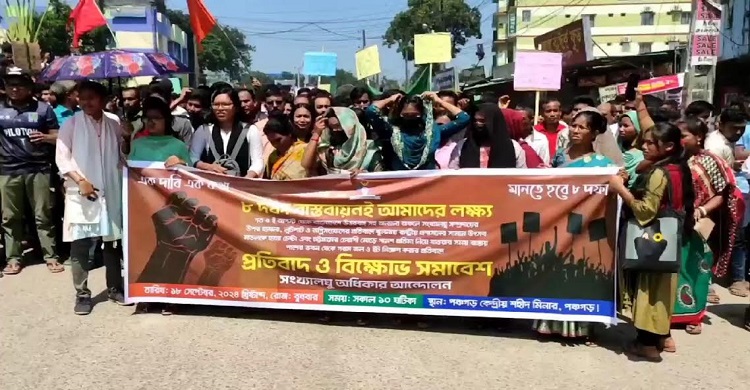

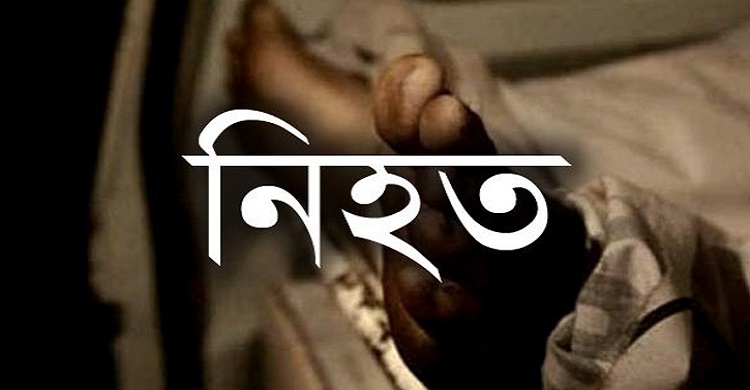





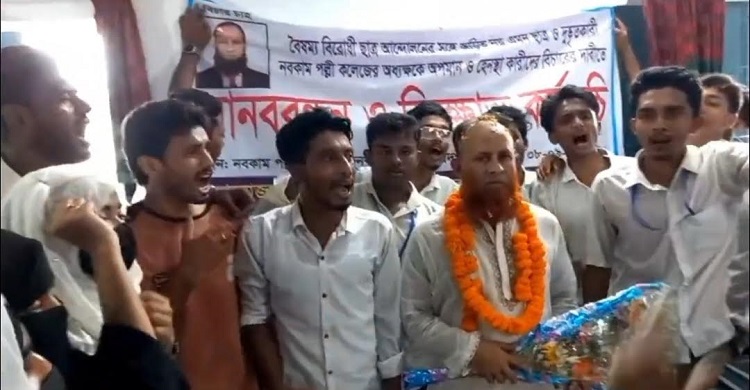


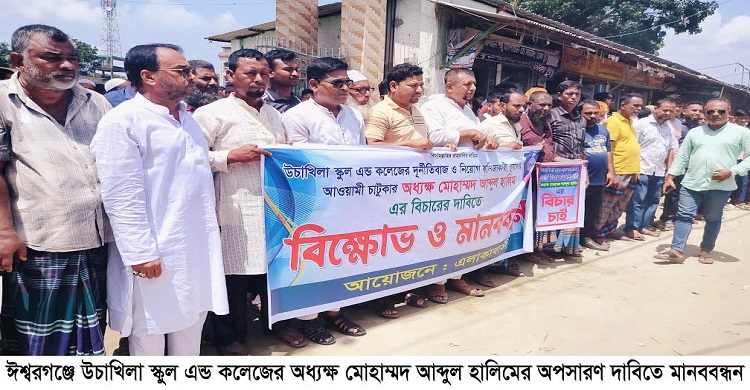

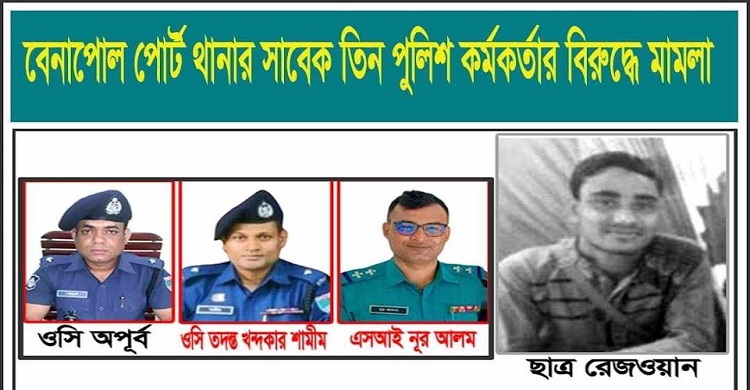

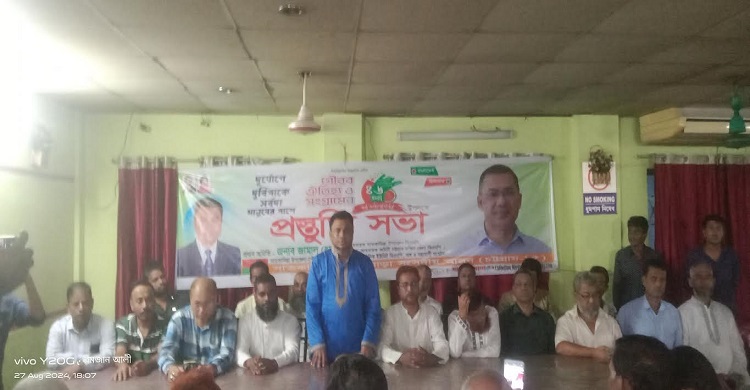
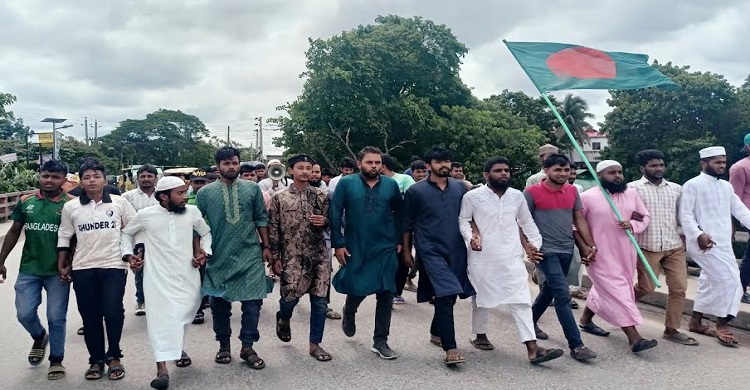

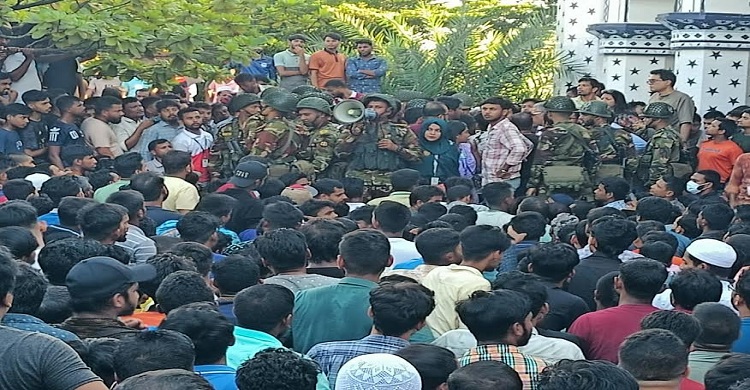
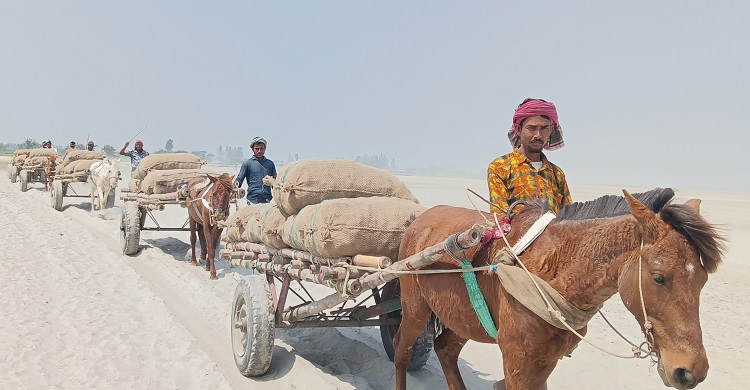







Comment ( 0)